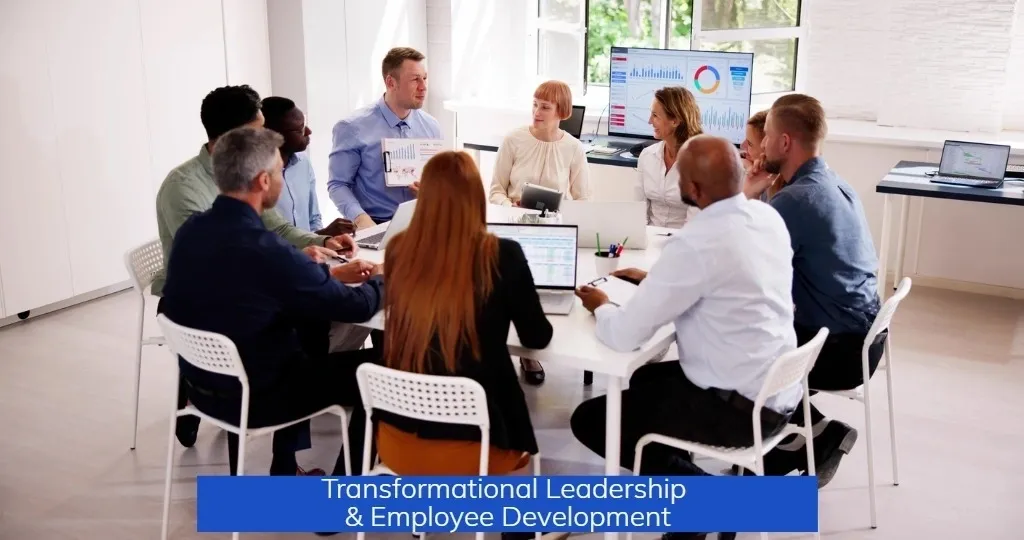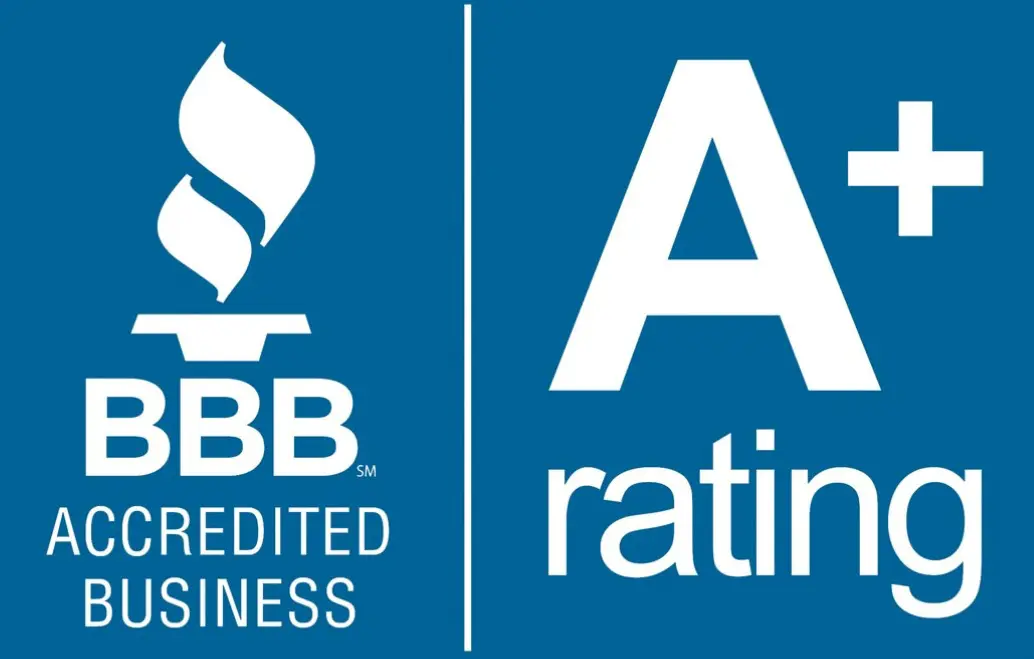Transformational Leadership and Employee Development

In a previous blog Employee Development: 3 Strategic Areas of Focus, we highlighted three areas to help individuals enhance their skills, knowledge, and abilities to reach their full potential within an organization. In this blog, we explore Transformational Leadership as one style of leadership that works particularly well as it relates to employee development. Let’s take a look further.
What is Transformational Leadership?
Transformational Leadership is a highly effective leadership style that inspires and motivates team members by fostering a culture of innovation and sustainable growth while building a more engaged and results-driven workforce aligned with the company’s vision.
To implement this leadership style successfully, the leader should consider the following key steps:
- Cleary articulate a compelling vision for the future;
- Encourage team members to think creatively and challenge existing norms;
- Recognize and support individual needs, strengths, and development goals; and
- Model positive behavior by demonstrating authenticity and commitment to your organization’s vision and values.
Transformational leaders model behavior that communicates in a way that all employees understand, believe in, and can engage with. Transformational leaders implement changes that drive organizational effectiveness while recognizing and rewarding employee’s contributions and achievements. And, with continuous feedback, leaders help to create a culture where employees understand their strengths and areas of growth.
Impact of Leaders Modeling Behavior.
Leaders modeling behavior play a crucial role in employee development. By visibly demonstrating desired behaviors, leaders set a powerful example that employees naturally tend to imitate. This fosters a positive work culture and encourages employees to adopt similar attitudes and work ethics, ultimately leading to their personal and professional growth within the organization.
Key points regarding the impact of leader modeling behavior on employee development include:
- Positive Influence: When leaders exemplify positive behaviors such as integrity, accountability, hard work, and collaboration, employees are more likely to embody these traits in their own work.
- Building Trust: Employees are more likely to trust and respect leaders who model the behaviors they expect, fostering open communication and a willingness to learn.
- Culture Shaping: A leader’s actions significantly shape the overall organizational culture, promoting a positive environment where employees feel encouraged to develop and perform at their best.
- Learning Through Observation: Employees can acquire new skills and problem-solving approaches simply by observing how their leaders handle situations and interact with others.
- Motivation and Engagement: Witnessing their leaders’ active engagement can motivate employees to strive for excellence and contribute more meaningfully to the team.
Leaders can model positive behaviors in various ways, including:
- Demonstrating a Strong Work Ethic: Arriving on time, actively participating in meetings, and taking ownership of tasks.
- Open Communication: Actively listening to feedback, sharing information transparently, and encouraging open dialogue.
- Promoting Teamwork: Collaborating with colleagues, recognizing team achievements, and valuing diverse perspectives.
- Adaptability and Learning: Embracing new challenges, seeking continuous improvement, and openly sharing knowledge.
- Ethical Conduct: Build trust by upholding high standards of integrity and making ethical decisions in all situations.
Leadership Behaviors in the Workplace.

1. Positive Influence
A leader can…
- model optimism and resilience during challenges
- celebrate wins to reinforce appreciation
- provide constructive feedback focused on growth
- be present and approachable
Pro Tip 1: During a difficult project, highlight team’s strengths and reinforce the importance of collaboration and problem-solving.
2. Building Trust
A leader can…
- communicate openly about decisions and challenges
- follow through on commitments to show reliability
- encourage honest dialogue and safe feedback spaces
- share rationale behind decisions
Pro Tip 2: During change, explain why change is happening, how it benefits the team, and what support will be provided.
3. Culture Shaping
A leader can…
- define and reinforce core values
- hire and promote individuals who embody the desired culture
- create rituals and routines that reflect the desired culture
- address conflicting behaviors respectfully
Pro Tip 3: If collaboration is a core value, reward cross departmental teamwork to discourage siloed behavior.
4. Learning through Observation
A leader can…
- watch how teams interact, solve problems, and respond to stress
- identify informal leaders or influencers and leverage their strengths
- spot skill or morale gaps and address them proactively
- adapt leadership style based on what’s working or not
Pro Tip 4: Benchmark top performers and use it as a training model for others.
5. Motivation and Engagement
A leader can…
- align tasks with individual strengths and interests
- set clear, measurable goals and celebrate progress
- provide opportunities for growth like training and stretch assignments
- recognize contributions regularly both privately and publicly
Pro Tip 5: Use analytics to identify top performers and recognize them in team meetings or newsletters.
Closing Comments.
The leadership style that works best for an organization depends on its goals and the success characteristics of the leader. Talent engagement reduces attrition rates. To ensure your organization is maximizing talent engagement, ensure the following components are in place: (1) Meaningful work; (2) Growth opportunities; (3) Open communication; (4) Recognition and rewards; (5) Positive work culture; (6) Empowerment; and (7) Ongoing feedback.
Nicol Durant is an organizational development professional with a deep commitment to lifelong learning and professional development. Throughout her career, Nicol has excelled in leadership roles including Senior Strategic Planning Analyst, Director of Client Services, Manager of Training and Development, and Senior Career Coach, demonstrating her skills as a strategic thinker and leader.
_Nicol’s passion lies in fostering the transformational development of individuals. Her ultimate goal is to cultivate a workforce that is engaged, empowered, and productive. Currently, Nicol serves as the Principal Consultant at TriCord Consulting, LLC. Cisso Bean & Dutch, LLC wishes to thank Nicol for being a part of our guest blogger series and for agreeing to write a second blog for us! Visit Nicol’s LinkedIn profile here.

